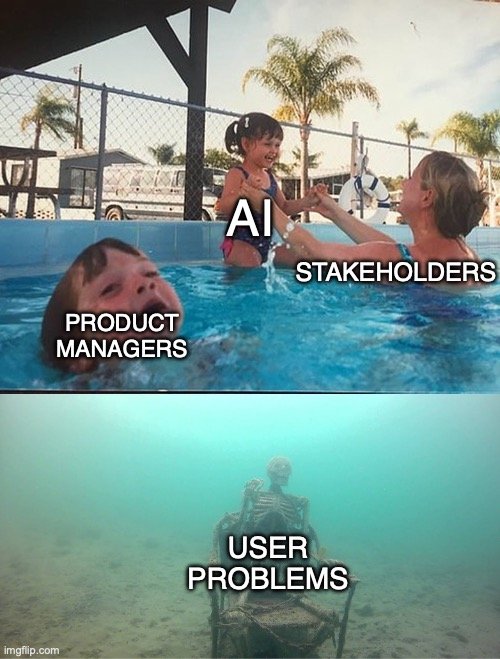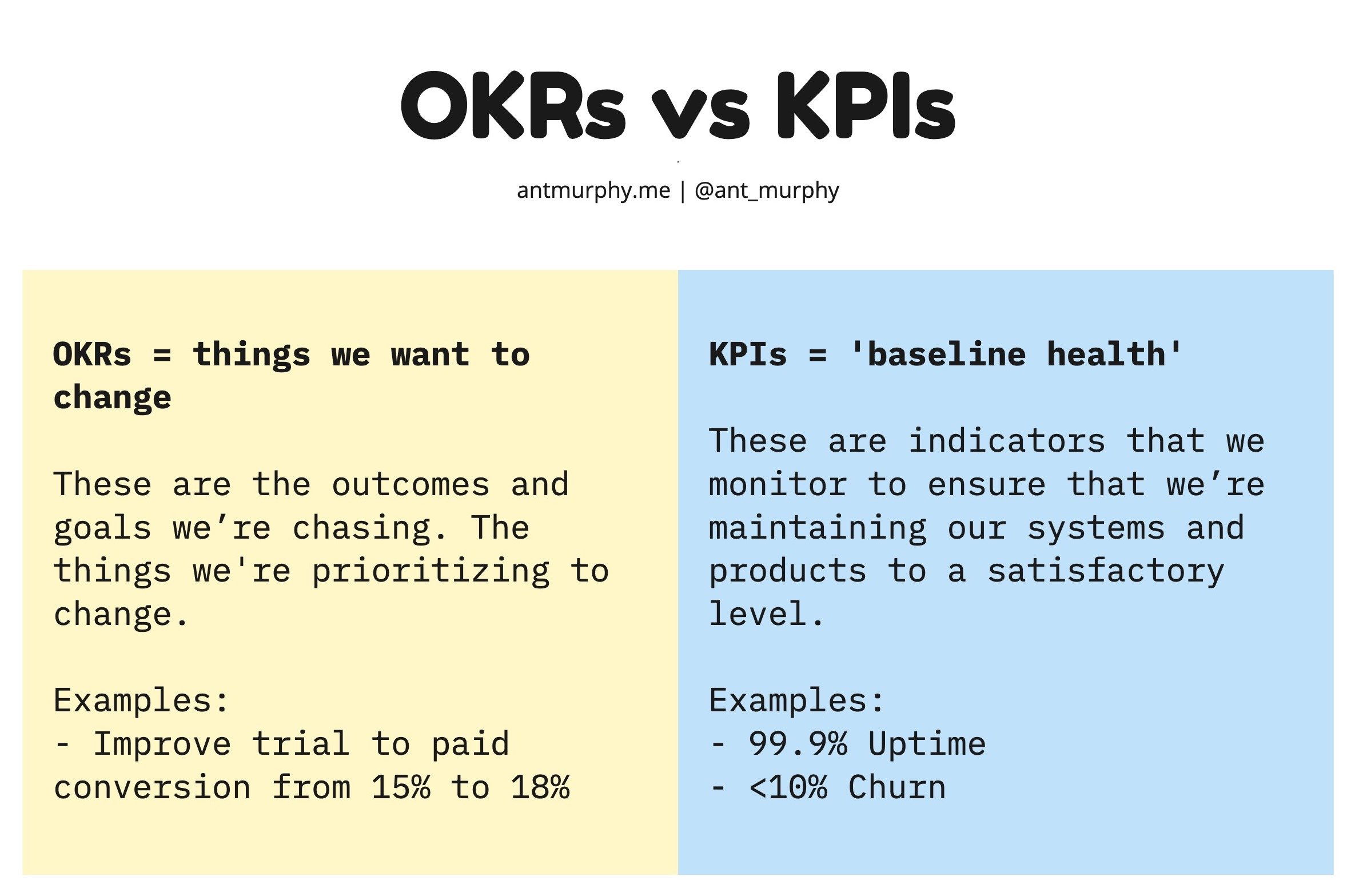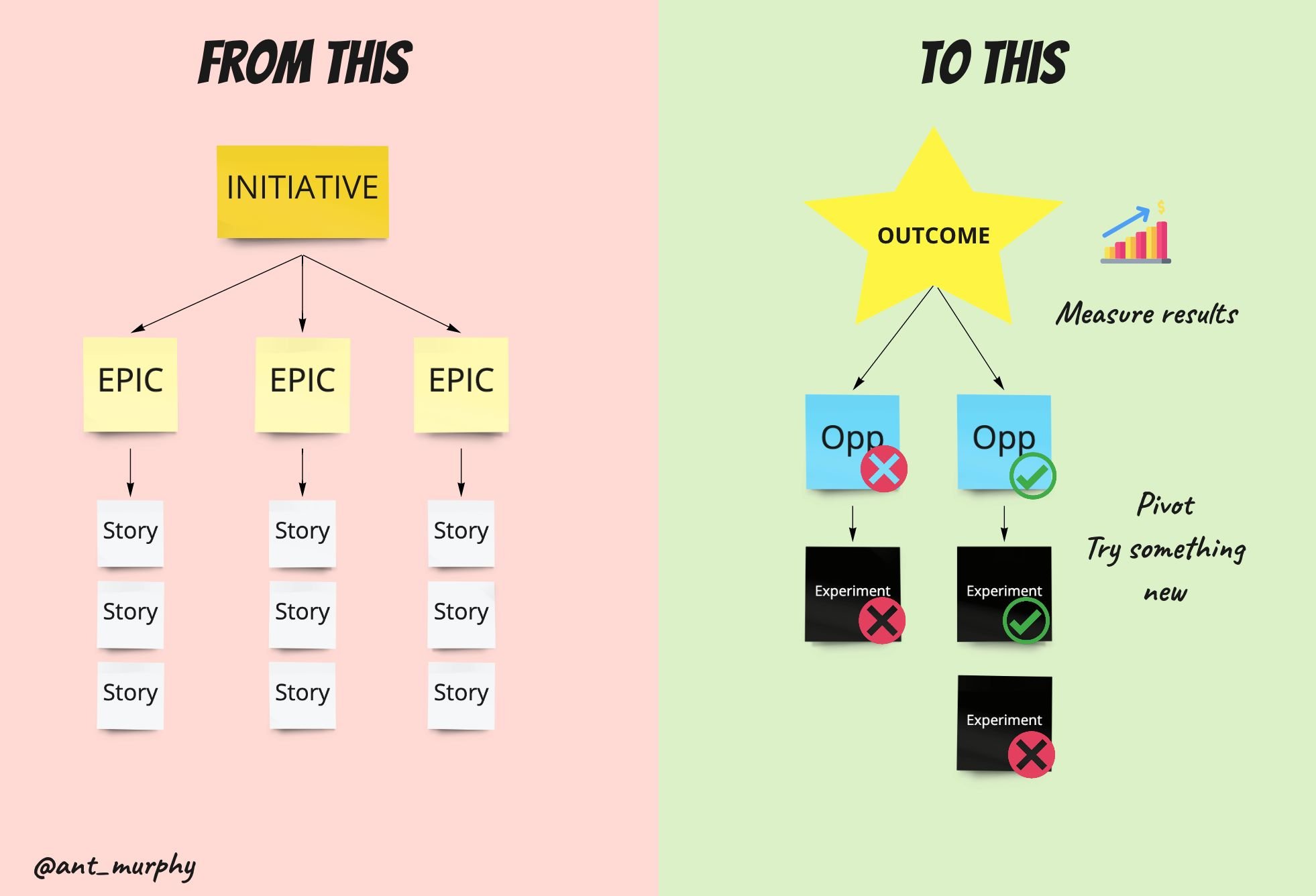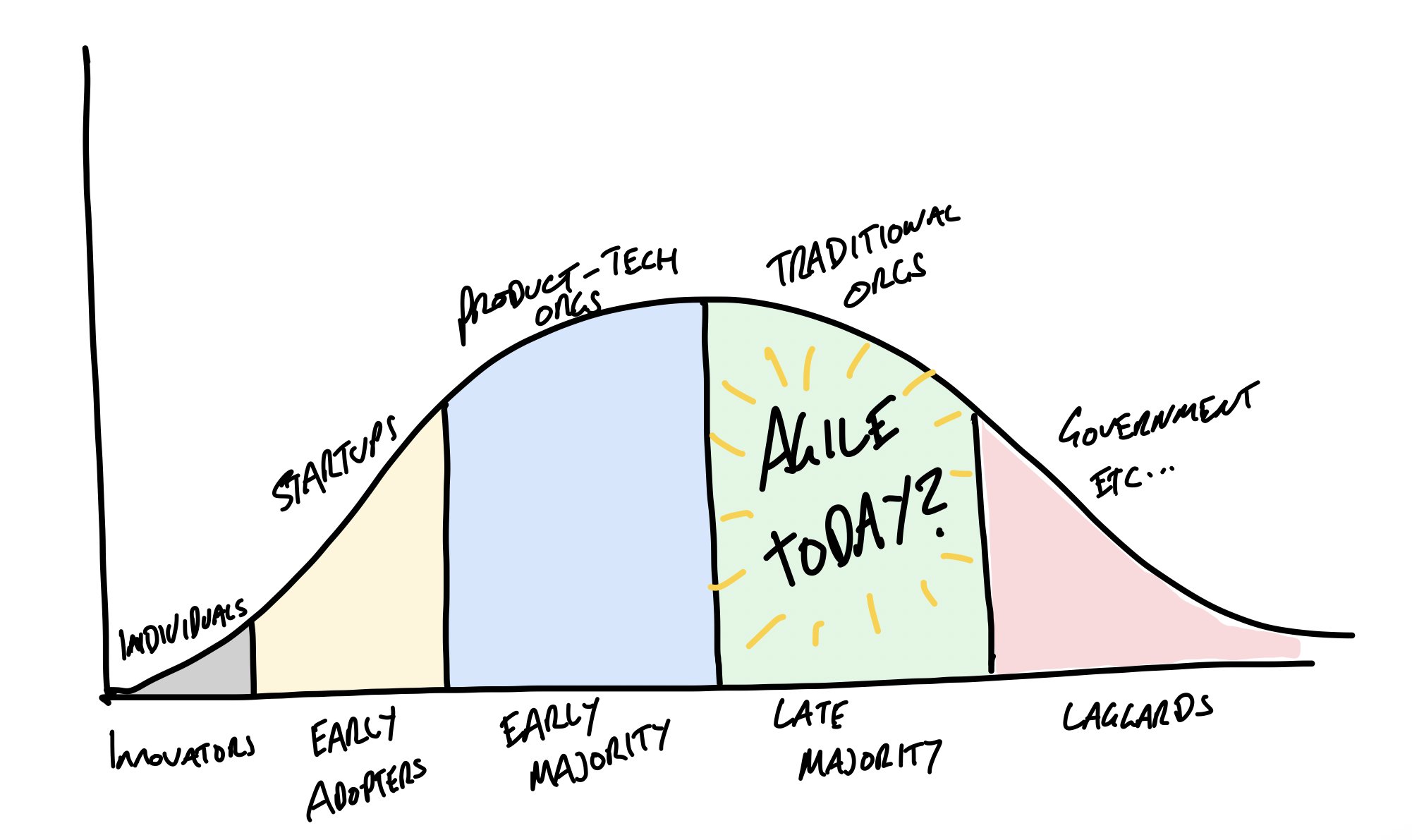Product Discovery Activities by Risk
This post will help you identify the right activities to do in product discovery.
Hey I’m Ant and welcome to my newsletter where you will find practical lessons on building Products, Businesses and being a better Leader
You might have missed these recent posts:
- OKRS ≠ Strategy
- Building Effecive Product Roadmaps
- Breaking Product Discovery into First Principles
My day job is helping companies shift to a Product Operating Model.
My evening job is helping product people master their craft with Product Pathways.
Product Discovery activities listed by risk
One of the challenges with Product Discovery is that it’s elusive.
It’s tricky to pin down and turn into a step-by-step process.
This is because your discovery activities are driven by your context.
In other words, I can’t tell you to ‘build a prototype and test it’ because you might be super early in the problem space and have no idea of what the solution might look like yet.
So, how do you identify what makes sense or not?
This is where we need to go back to first principles for Product Discovery.
What is product discovery?
Product Discovery is a de-risking activity.
More specifically, we reduce 3 major risks:
Desirability
Viability
and Feasibility
Now, you can break these into sub-categories like usability, ethical, sustainable, valuable, etc.
But they all roll up into one or more of these 3 categories.
To help us determine our risks, we look at our assumptions.
Behind every idea are a bunch of assumptions and beliefs that have led you to think that this is a problem worth solving and a viable solution.
Assumptions left unchecked are risks because what if our assumption was wrong?
Now, some assumptions are more risky than others. If we’re wrong about them, our whole idea will fail.
These are known as your riskiest assumptions and where we should focus product discovery.
This is why I’m such a big advocate for kicking off product discovery with tools like Assumptions Mapping by David J Bland.
Therefore, what you do in product discovery is driven by the assumptions you need to test (aka your riskiest assumptions).
The problem is that “it depends” isn’t helpful.
As someone who coaches and teaches product discovery, I never want to be the “it depends” person and just leave it there. I know that’s not helpful.
This is why I ended up creating this cheat sheet.
It’s since gone through a few iterations—for example, usability was split out based on feedback. Having it separate seemed to better fit most people’s heuristics.
Here’s the list:
💰 Viability Risk:
Market sizing
Perceptual Mapping / Positioning Research
Business modeling
Analytics
etc…
❤️ Desirability Risk:
Surveys
Analytics
Customer Journey Mapping
etc…
📦 Feasibility Risk:
Alpha / Beta
etc…
📱 Usability Risk:
Alpha / Beta
Accessibility Testing
Eye Tracking
Usability Testing Tools / Platforms (like User Testing . com)
etc…
It’s important to note that it’s not an 'ultimate list' or 'must-do' activity list.
It’s not exhaustive, either.
I created it as a guide to help give you an idea of some of the discovery activities you might do depending on what assumptions you need to test. You still need to work out what to test and choose how!
Still Struggling?
If you’re still struggling, here’s my recommendation.
Start with one of these 4:
Customer Interviews
Prototype + User Testing
Survey
Gathering and analyzing data
These are the 4 most common product discovery activities I find myself doing.
In most cases, you would be well-positioned if you etiher:
Talk to your customers.
Put something in front of them (prototype).
Or gather more data through a survey or by analyzing what you already have.
There’s a real danger in spending too much time trying to pick the perfect ‘test’ that will give you the best results. But quality needs to be offset with speed.
I have an action bias, but I’m sure you’ll agree that speed with imperfect data is typically better than waiting for perfect data.
I hope this and the cheat sheet is helpful.
I’d also recommend checking out Strategyzer's Experiment Library. It’s a go-to resource of mine (or, more specifically, their book Testing Business Ideas is. The library is from the book).
(Sticking the image in once more so you don’t need to scroll to the top)
Product Discovery activities listed by risk
When you're ready, I can help by...
For individuals:
Improve your craft at Product Pathways through:
Self-paced courses on:
Community *COMING SOON* - If you would like to join the alpha/beta, complete this EOI.
Plus FREE templates and guides.
For Companies:
Consulting and Advisory: I help companies drive better results by shifting to the product model.
Private Workshops and Training: I run practical workshops and training coursesfor product teams globally. My training has an average of 4.7/5 rating. Get in touch to talk about your unique training needs.














Your OKRs don’t live in a vacuum.
Yet this is exactly how I see many organizations treat their OKRs.
They jump on the bandwagon and create OKRs void of any context.
Here’s what I see all the time…